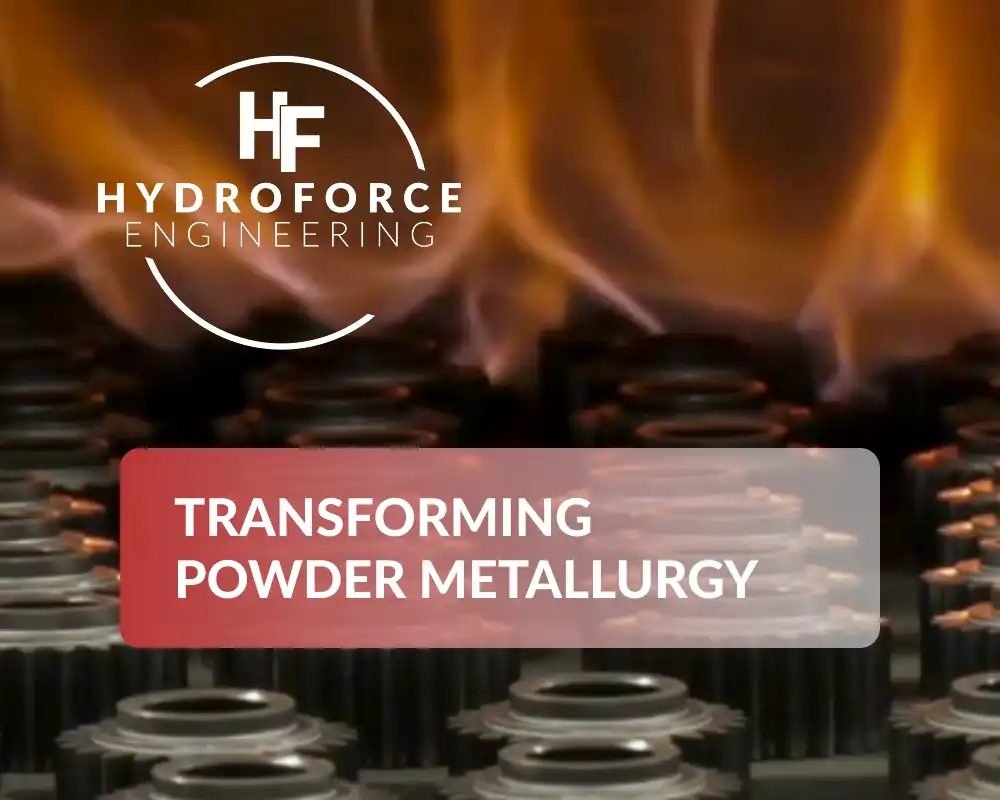
Ultra-High-Temperature Sintering (UHTS) represents a cutting-edge innovation in powder metallurgy, enabling the creation of materials with exceptional mechanical, thermal, and magnetic characteristics. Operating at temperatures exceeding 2500°F (1371°C), UHTS facilitates advanced diffusion processes, superior densification, and precise microstructural control. This breakthrough technology is paving the way for high-performance components across critical industries such as aerospace, energy, and electronics. In this article, we examine the core principles of UHTS, recent advancements in processing techniques, its impact on material properties, and its applications in modern engineering.
What Is Ultra-High-Temperature Sintering?
Ultra-high-temperature sintering (UHTS) is a specialized process that involves heating powdered metals to extreme temperatures—often exceeding 2500°F (1371°C)—to achieve near-theoretical density and enhanced material performance. Unlike conventional sintering methods that operate at lower temperatures (~2050°F or 1120°C), UHTS leverages high thermal energy to optimize material properties. The primary mechanisms driving UHTS include:
These mechanisms allow UHTS to produce materials with superior strength, thermal resistance, and magnetic performance compared to traditional sintering methods.
Conventional Sintering
Ultra-High-Temperature Sintering
Two-Step Sintering: Controlling Grain Growth
Two-step sintering is an advanced method designed to decouple densification from grain growth. The process involves:
This technique has been particularly effective for refractory metals like tungsten-rhenium alloys, enabling near-theoretical density with nanoscale grain sizes.
Ultrafast High-Temperature Sintering (UHS)
Ultrafast high-temperature sintering (UHS) is an emerging technology that achieves full densification within seconds by employing rapid heating rates (~10³–10⁴°C/min). Key features of UHS include:
This approach has successfully been applied to materials such as tungsten, ceramics like ZrB₂, and high-entropy alloys, demonstrating its versatility in processing challenging materials.
AI-Powered Optimization
Artificial intelligence is increasingly being integrated into UHTS processes to optimize parameters such as temperature profiles and holding times. AI-driven systems can:
UHTS significantly improves the mechanical performance of materials:
Materials processed via UHTS exhibit exceptional thermal stability:
Soft magnetic materials benefit greatly from UHTS:
The aerospace sector relies on UHTS for:
In the energy industry, UHTS supports:
In electronics, UHTS enables:
Despite its advantages, UHTS faces several challenges:
Emerging trends aim to address these challenges: